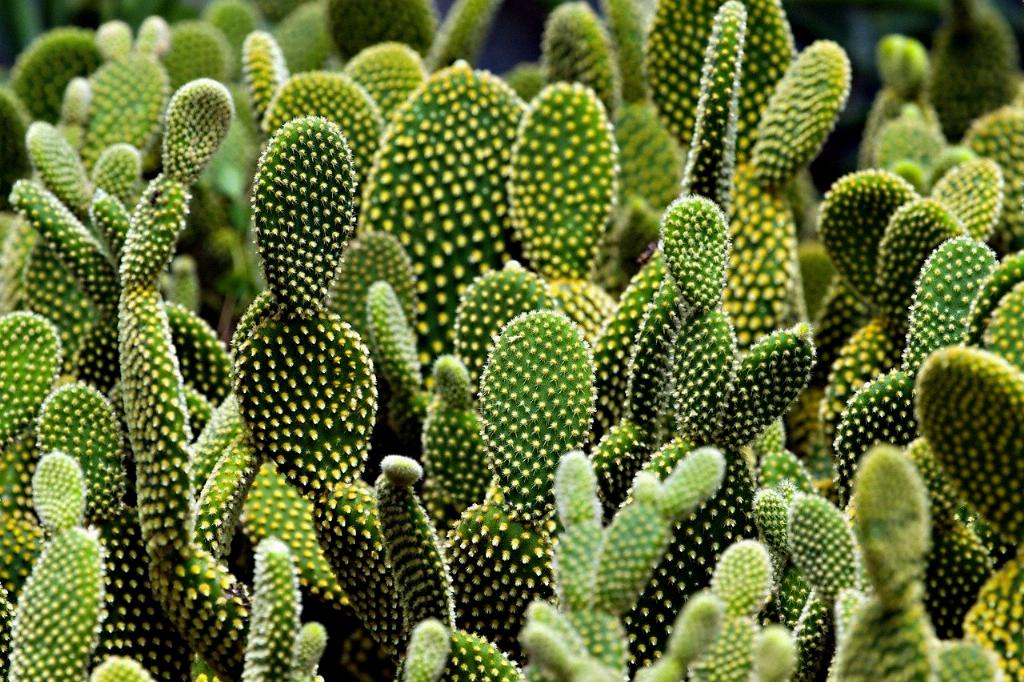When it comes to caring for your cactus, being able to recognize the signs of a struggling plant is crucial in ensuring its health. A cactus that is on the brink of dying will often exhibit various symptoms that can give you insight into its condition.
One of the most common indicators that a cactus is in distress is wilting. If you notice that your cactus looks droopy or begins to wrinkle, it may be a sign that the plant is not receiving enough water. Wilting is often a result of dehydration, and addressing this issue promptly can help save your cactus.
In addition to wilting, a dying cactus may also show signs of discoloration. A cactus that is lacking water may start to turn yellow or brown, especially in the stem or leaves. This change in color is a clear signal that the plant is under stress and needs immediate attention to prevent further damage.
Conversely, if a cactus is receiving too much water, it may exhibit different symptoms of decline. An overwatered cactus will appear soft and mushy to the touch, indicating that the plant is saturated and struggling to absorb excess moisture. In extreme cases, dark patches may develop on the cactus, signifying root rot and potential irreversible damage.
Another way to tell if your cactus is dying is by observing its overall appearance. A healthy cactus should have a firm and plump texture, with vibrant colors and turgid stems. If you notice that your cactus looks limp, dry, or discolored, it is likely that the plant is experiencing distress and may be in danger of dying if left unattended.
Furthermore, pay attention to any unusual growth patterns or changes in your cactus’s structure. If you observe stunted growth, withered limbs, or a general lack of vitality in your plant, it could be a warning sign that your cactus is struggling to survive. Actively monitoring these physical attributes can help you identify potential issues before it’s too late.
It’s important to note that environmental factors can also play a significant role in the health of your cactus. Extreme temperatures, inadequate lighting, or poor soil quality can all contribute to the decline of your plant. By ensuring that your cactus is placed in an optimal environment with proper sunlight and well-draining soil, you can help promote its overall well-being and reduce the risk of it dying.
In conclusion, recognizing the signs of a dying cactus is crucial in preserving the health of your plant. By being attentive to changes in appearance, growth patterns, and environmental conditions, you can proactively address any issues that may arise and provide the necessary care to help your cactus thrive. Remember, early intervention is key in saving a struggling cactus and ensuring its longevity in your home or garden.

